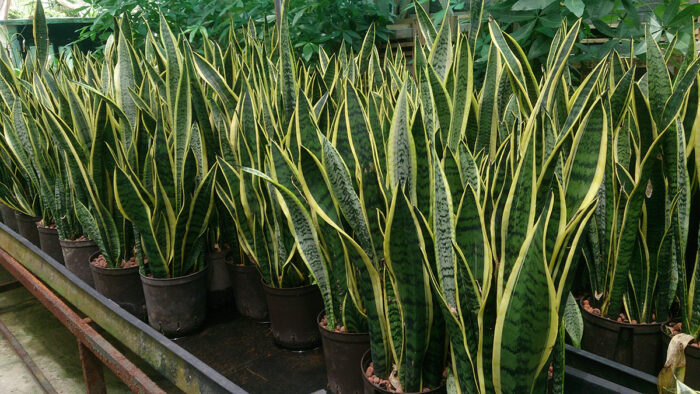
Who wouldn’t love a lush display of fabulous foliage filling their home during dreary winter months? I attempt to achieve this with select tropical plants I have nurtured for years. Most spend the summer on my covered north porch, happy as can be, with a few in the shade of trees in other parts of my garden. All these plants do well in indirect bright or low light, depending upon their specific needs. Wanting to grow my collection beyond my existing monstera, pothos, and dieffenbachia, I reached out to my friend Ann. She is a bigger plant geek than I am, so I knew her recommendations would do well in my home. These are her favorites.
Learn more: El’s Dream Indoor Garden
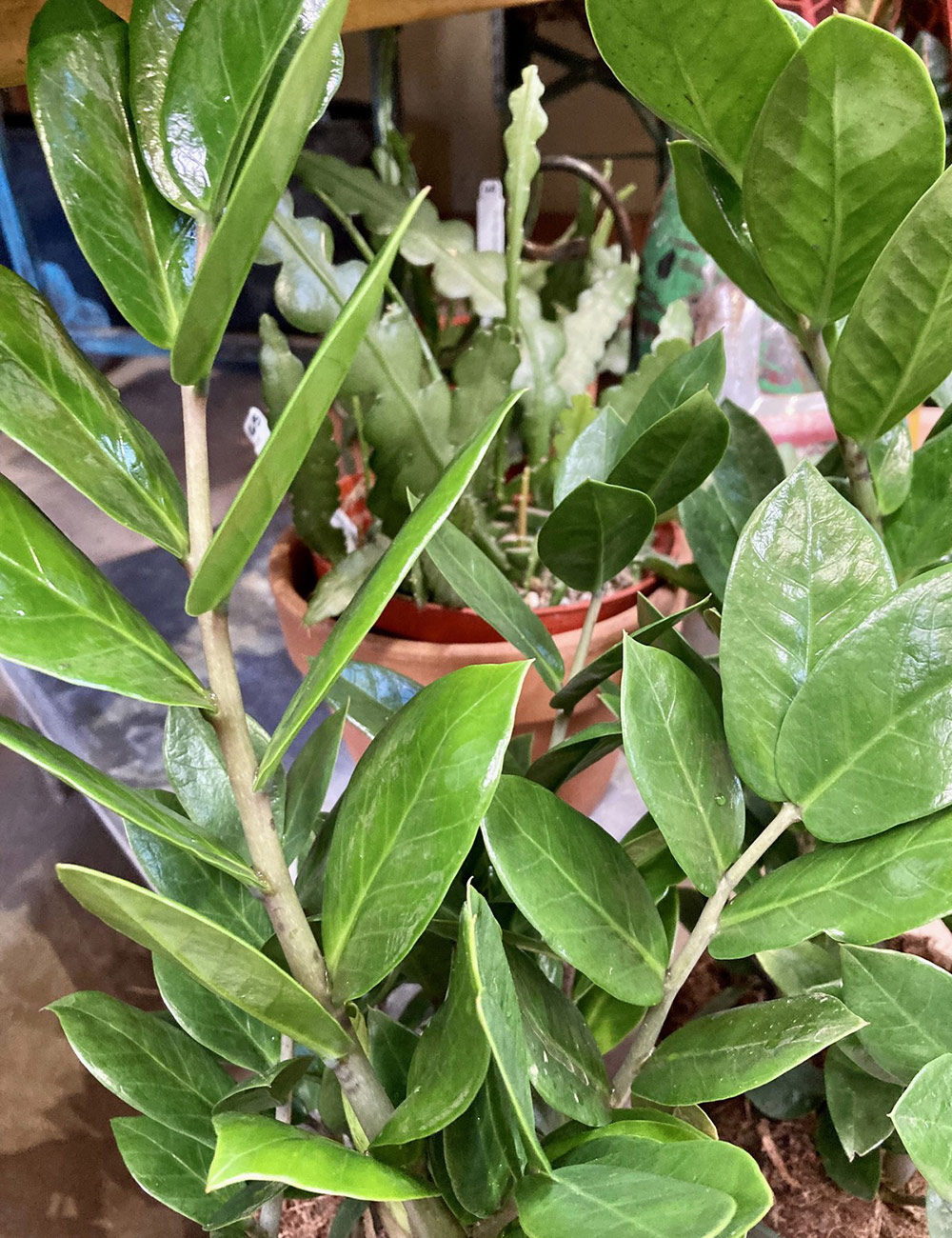
ZZ plants
(Zamioculcas zamiifolia and cvs., Zones 10–11)
Native to Eastern Africa, ZZ plants are a staple in office decor throughout the United States. With the common name of “eternity plant,” it is a fine choice of tropical for indoor spaces. Growing with an upright form and shiny ovate leaves, it is known for being one of those hard-to-kill plants.
Light needs: ZZ plants adapt to a range of light conditions, and will grow in windowless environments, but do best in bright, indirect light. Direct sunlight will result in leaf scorch.
Watering: Let the soil dry out completely between waterings, and then water deeply. A drought-tolerant plant, it can survive months without water.
Soil: No special soil is necessary; just use your usual mix for houseplants.
Note: ZZ plants are toxic to both animals and people, so do not ingest any part of this plant. The sap can cause skin irritation in sensitive people.
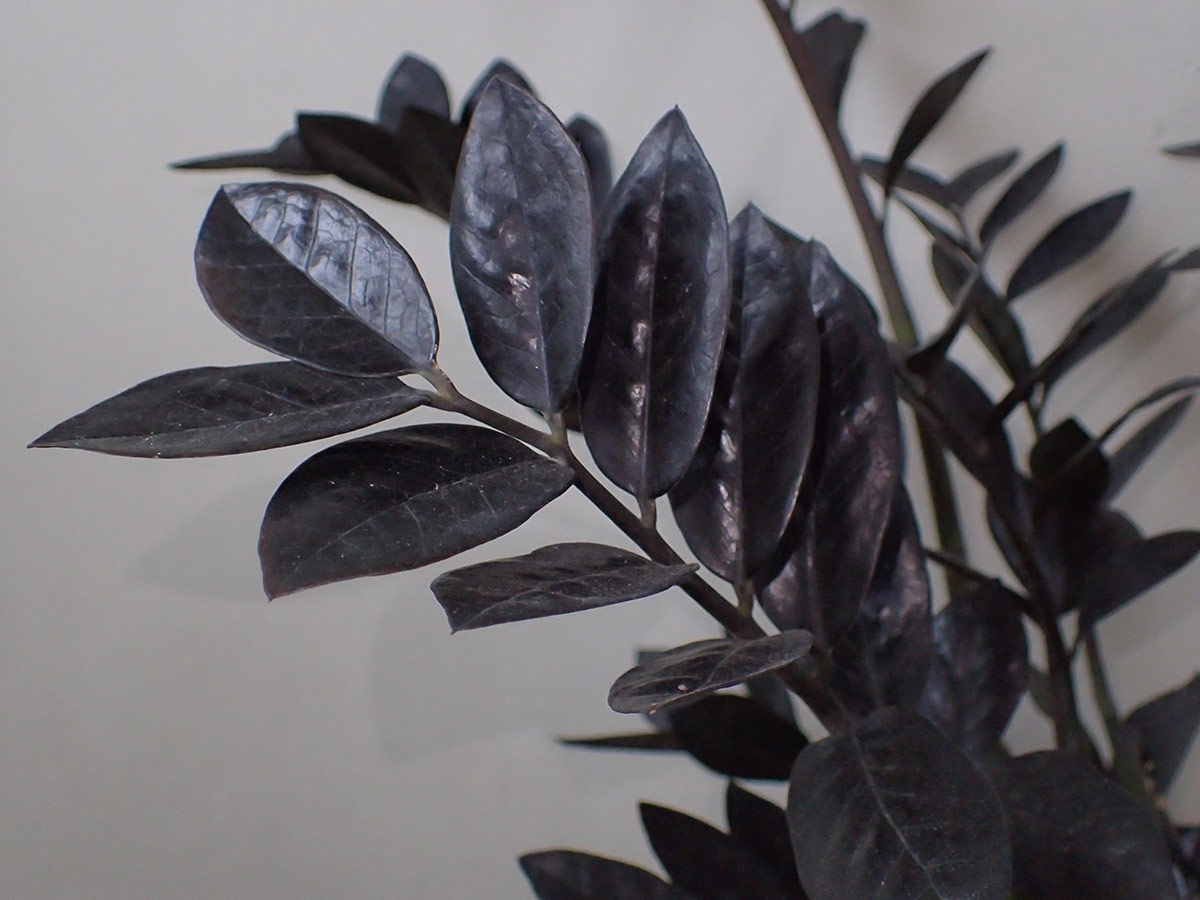
Show-stopping ZZ plant cultivars worth looking for:
- A miniature cultivar, Zamioculcas zamiifolia ‘Zenzi’ has dense foliage and curly leaves. It is ideal for smaller spaces, growing only 12–14 inches tall.
- Zamioculcas zamiifolia ‘Raven’ is one of the most desirable of the ZZ plants today. New foliage on ‘Raven’ emerges in lime green, turning a deep purple black as it matures. The overall effect is quite dramatic.
- For those who love variegated foliage, Zamioculcas zamiifolia ‘Variegated’ features green foliage with white-and-yellow mottling. The colors will fade if not given ample light, so careful placement or auxiliary lighting is important.
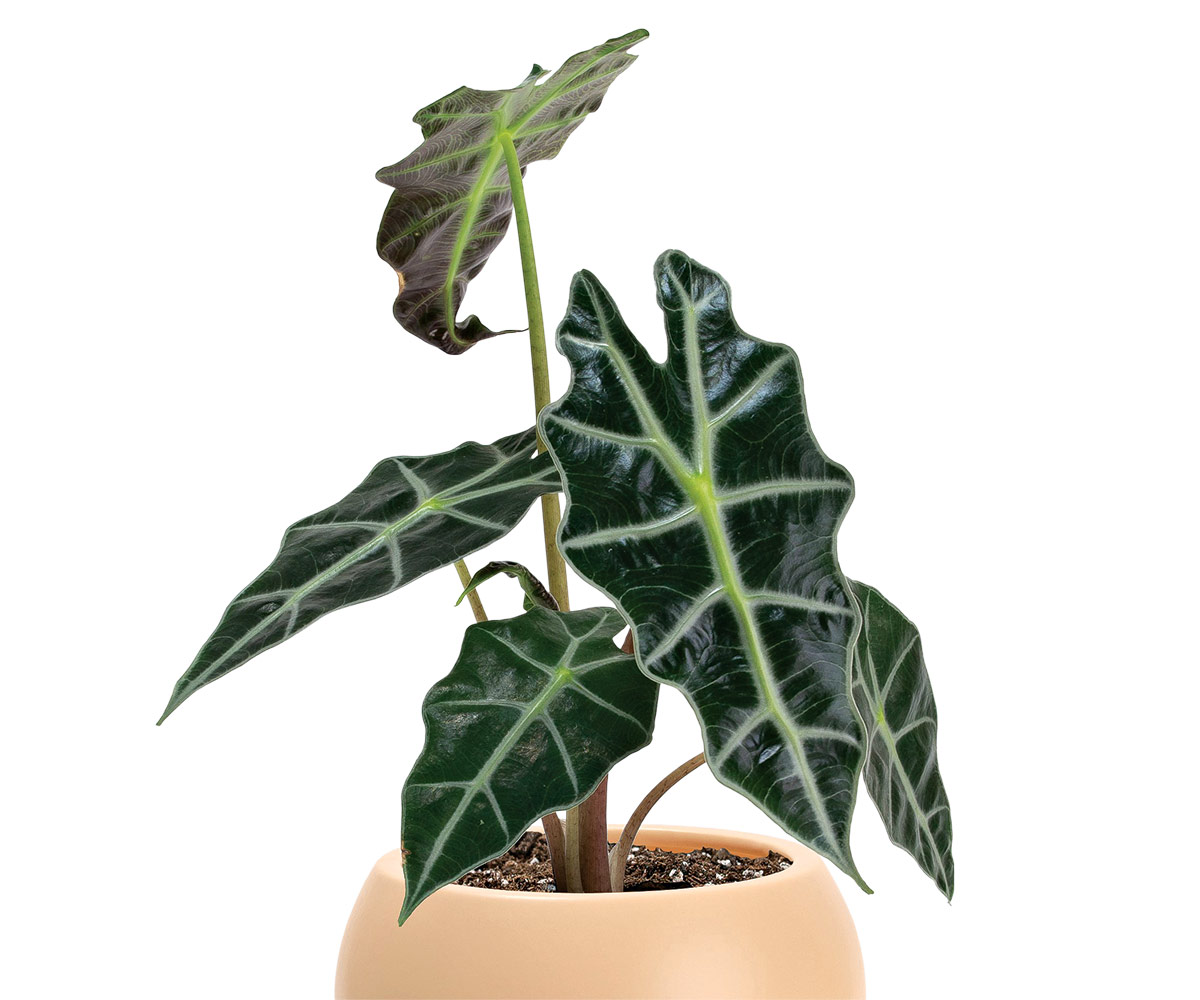
Alocasias
(Alocasia spp. and cvs., Zones 9–11)
For a more theatrical statement, alocasia (a.k.a. elephant’s ear) is a well-known plant from the tropics that is often seen in summer display gardens in my area. Loved for its large, spade-shaped leaves and many variegations and color combinations, it can grow quickly under the right conditions. It is easily grown as a houseplant, whether one chooses one of the gargantuan or miniature varieties.
Light needs: Alocasias will thrive in partial shade, filtered, and indirect light. Some of the large-leaf varieties will tolerate direct sun.
Watering: Pebble-filled trays, humidifiers, and misting are options. The soil should be kept evenly moist, reducing watering in the winter as the plant becomes dormant. Keep away from drafts and cold vents, in a spot that is warm with extra humidity if your air is dry.
Soil: Native to Asia, they prefer well-drained soil with an acidic pH of 5.5–6.5.
Note: Like the ZZ plant, alocasias are also toxic to people and pets. With all the species, naturally occurring variations, and hybrid varieties, there are endless cultivars to choose from.
Great alocasia cultivars to try:
- Compact in habit, Amazonian elephant’s ear (Alocasia × amazonica) is a popular hybrid that sports deep green leaves with veining of white or light green, creating a striking look. The cultivar Alocasia × amazonica ‘Polly’ has ruffled leaves with creamy white veins.
- Alocasia reginula ‘Black Velvet’ has white veins on dark green leaves. At less than 18 inches, this little hybrid makes a dramatic statement in any setting.
- Stunning with large, metallic bronze-red leaves, Alocasia cuprea ‘Red Secret’ reaches 3 feet in height.
- A medium-sized plant—3 feet at maturity—Alocasia odora ‘Okinawa Silver’ is easy to grow even if hard to find. Due to its intense variegation, supplemental lighting will be needed if located beyond bright, indirect light.
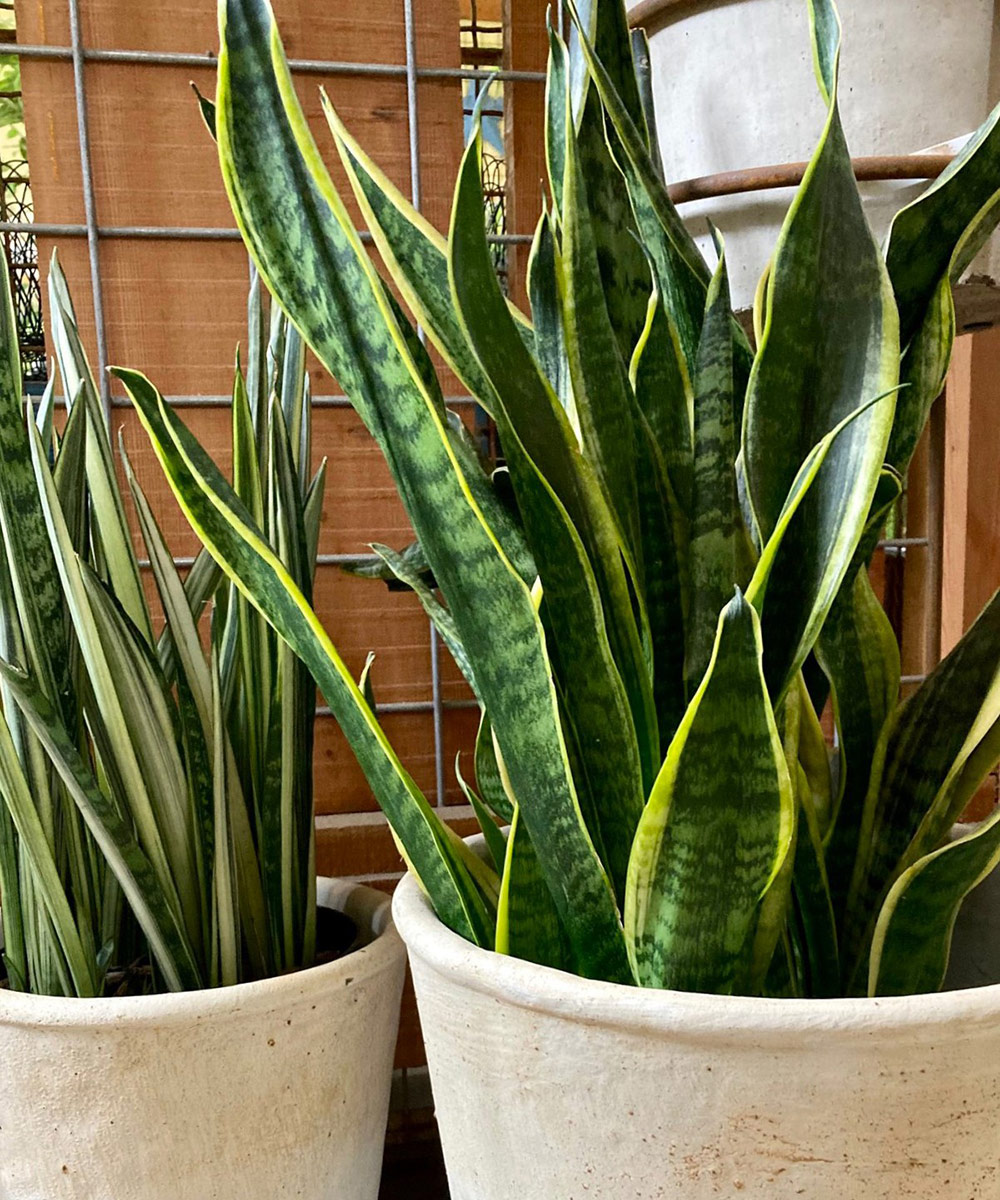
Snake plants
(Sansevieria spp. and cvs., Zones 10–11)
A lover of low light in an entirely different form, Sansevieria are ideal plants for indoors. They are also known as “mother in law’s tongue” or “snake plant.” Most of us are familiar with the tall, vertical leaves of Sansevieria ‘Laurentii’, one of the more common cultivars, which can reach 3 feet or more as it matures. See more about growing snake plants here.
Light needs: Snake plants succeed in a variety conditions, from indirect light to full sun.
Watering: These are also often used in office settings, as they prefer infrequent watering. Plant in containers with ample drainage holes.
Soil: Use a soil specifically for cactus or succulents, and allow the soil to dry thoroughly between waterings.
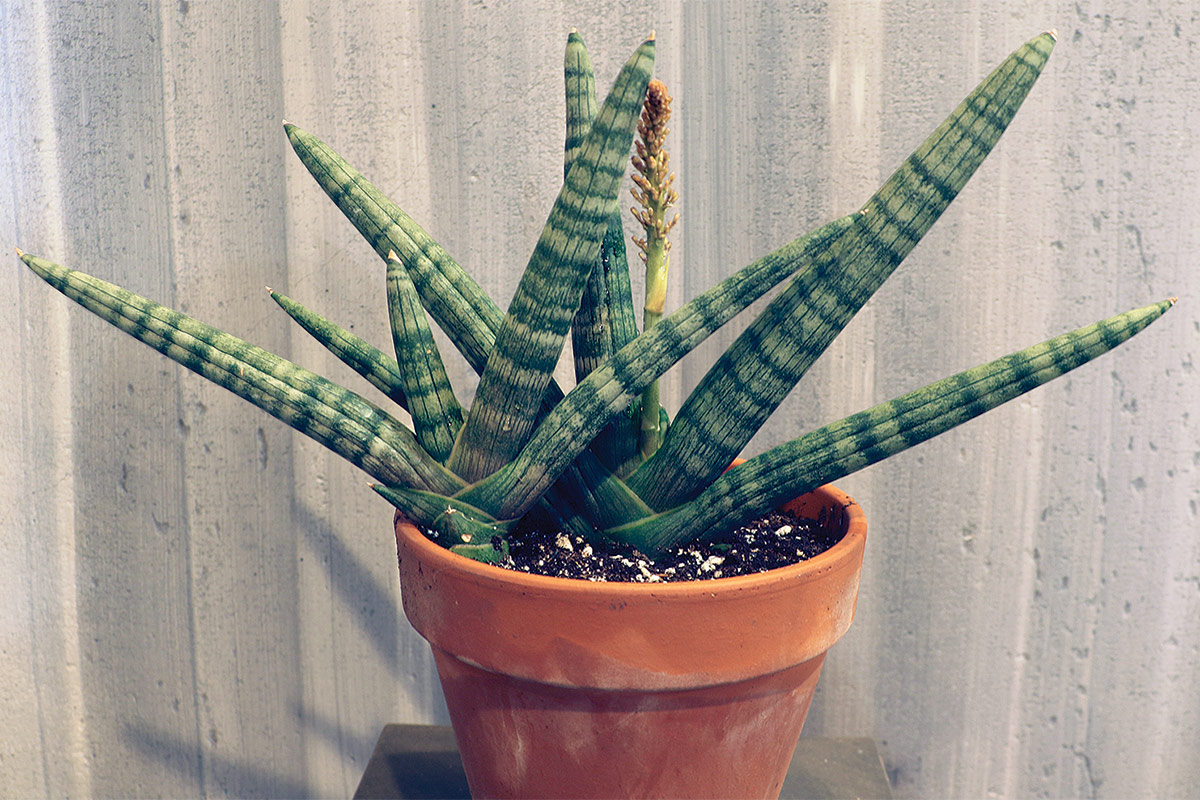
Unique snake plant cultivars to look out for:
Snake plants are available in a wide array of colors, shapes, and forms.
- Sansevieria cylindrica ‘Boncel’ is a rare but worthy hybrid, more compact than the species. With fan-shaped, tubular foliage, and light green with dark green parallel bands along its leaves from top to bottom, it is quite distinctive. Native to Angola, it is exceptionally hardy and drought tolerant. Water twice a month.
- Sansevieria francisii ‘Spiky Snake Plant’ is extremely drought tolerant and considered easy to grow in low light conditions. By design it draws attention to the rosette growth pattern of its thick leaves. Each emerging leaf adds to the stack, increasing its height, creating an appearance unique to this plant.
- Growing to only 15 inches tall, Sansevieria trifasciata ‘Twisted Sister’ is just the charming and petite plant to fit on a desk or side table. The emerging leaves create the appearance of a bird’s nest of green leaves with white and yellow accents.
- Discovered in 1844 by German explorer Heinrich Schott, Sansevieria ehrenbergii ‘Samurai’ will grow in very low light, a good choice for corners away from windows. The interesting foliage and horizontal layering create a sculptural statement.
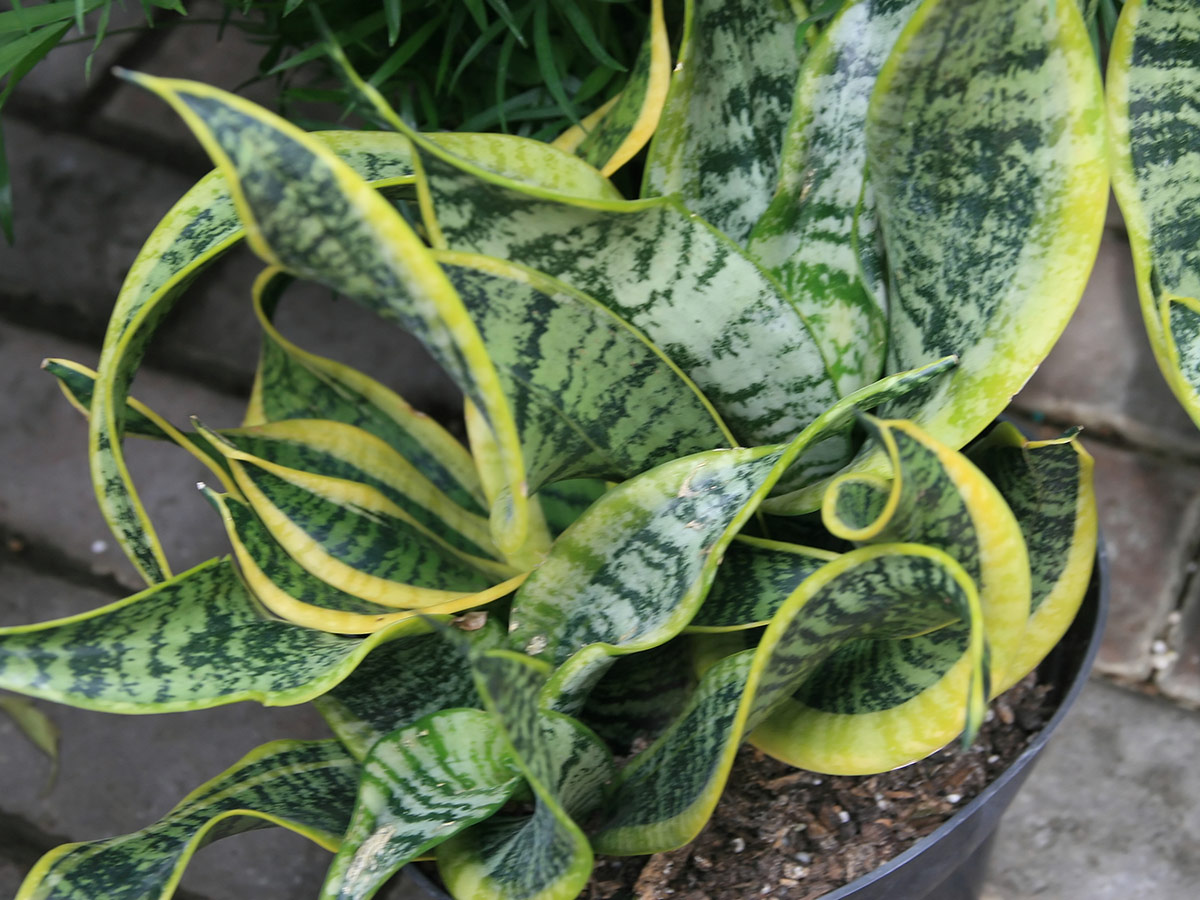
I have so little space available for new plants, except for corners and seldom-used rooms. I think my new addition will have to be alocasia as I have nothing resembling them in my plant collection. I realize I will have to invest in special lighting for them, but anything worth having is worth the effort. Which one should I try first?
Marti Neely, FAPLD, owns and operates Marti Neely Design and Associates in Omaha, Nebraska.
Find more great indoor plants:
- Indoor Foliage Plants with Pizzazz
- Vibrant Succulents to Brighten Your Indoor Space
- Growing Snake Plants Indoors
- There’s a Unique Radiator Plant for Everyone
And for more Midwest regional reports, click here.
Fine Gardening Recommended Products

Corona E-Grip Trowel
Fine Gardening receives a commission for items purchased through links on this site, including Amazon Associates and other affiliate advertising programs.

Berry & Bird Rabbiting Spade, Trenching Shovel
Fine Gardening receives a commission for items purchased through links on this site, including Amazon Associates and other affiliate advertising programs.
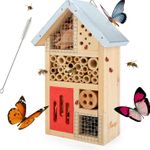
Niteangel Natural Wooden Insect Hotel, Garden Insect House for Ladybugs, lacewings, Butterfly, Bee, Bug
Fine Gardening receives a commission for items purchased through links on this site, including Amazon Associates and other affiliate advertising programs.


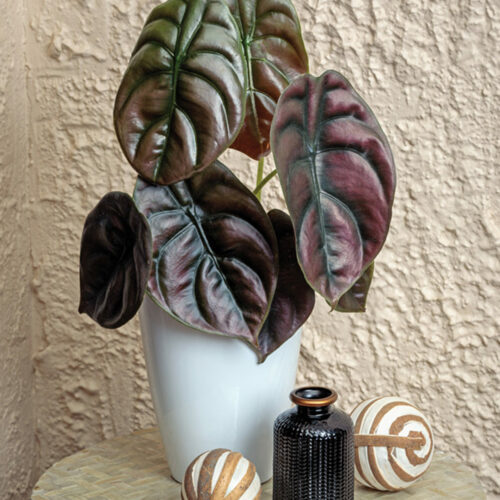
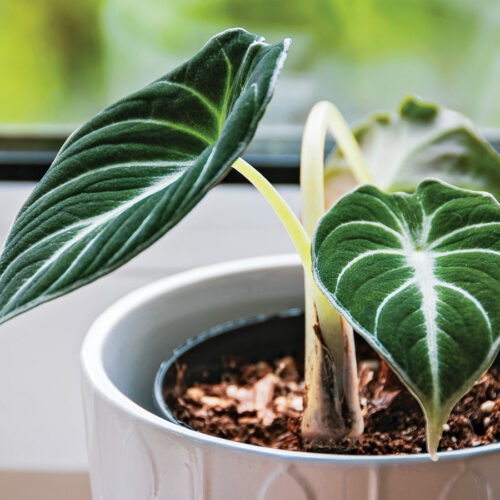

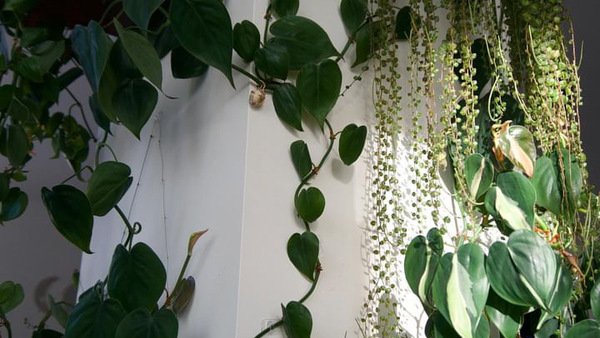

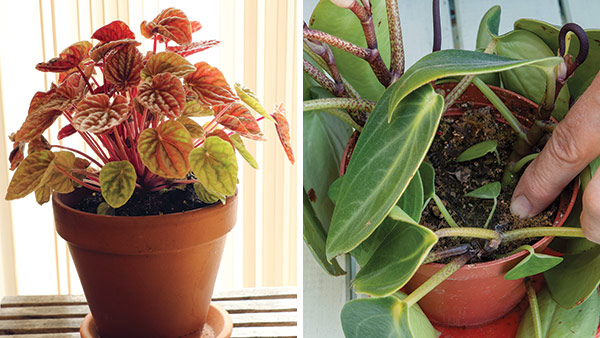













Comments
Log in or create an account to post a comment.
Sign up Log in